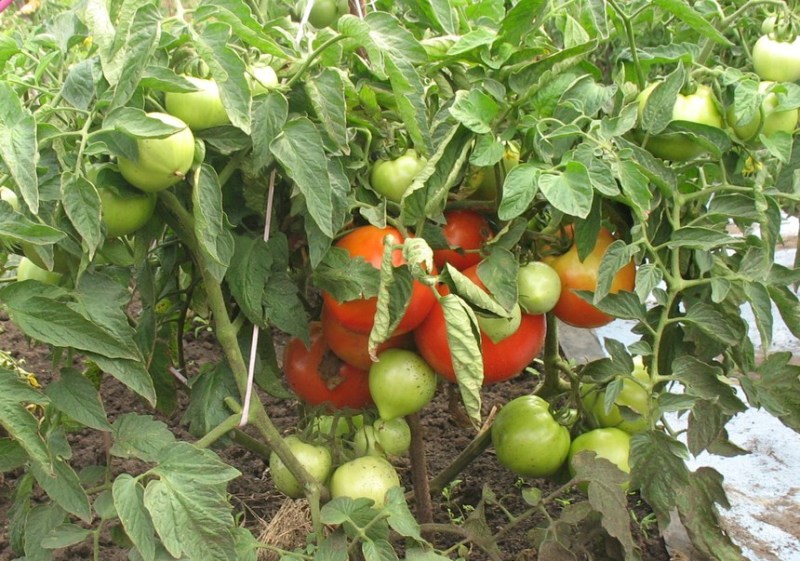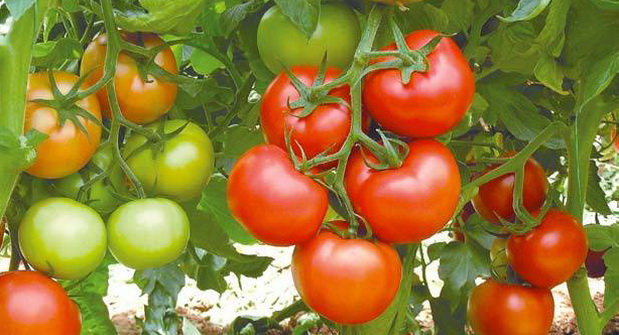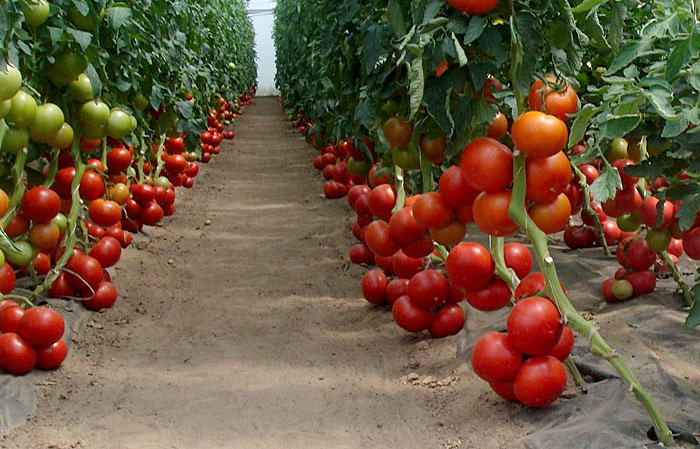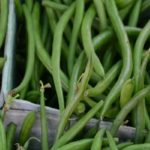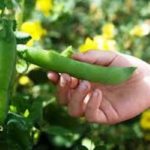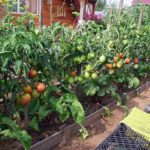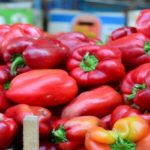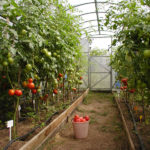The Bobcat tomato is a hybrid tomato variety bred by Dutch breeders. Its registration in Russia dates back to 2008. Due to the characteristic qualities of the tomato, the variety is popular not only among summer residents, but also among entrepreneurs involved in the sale of vegetables.
Main characteristics
Bobcat tomatoes differ from other varieties in their individual characteristics. Numerous reviews from summer residents claim that the planted plant has the following distinctive features:
- Medium height: the average height of the bush is 60 centimeters, a deviation of 10 centimeters in a smaller or larger direction is possible;
- The plant is late-ripening: you can get the first harvest 120 - 130 days after planting the crop in the ground.
- The variety has high resistance to tomato diseases.
- High yield: from 1 square meter you can harvest 8 kilograms of vegetables.
- Planting copes well with temperature changes and lack of moisture.
- Ripe fruits have excellent taste. Their average weight is 180 - 240 grams: tomatoes maintain average weight throughout the entire fruiting period.
- The color is bright red, the flesh is dense and fleshy;
- The fruits have a round, flattened shape.
- The resulting harvest, characterized by an ideal combination of acids and sugars, produces delicious tomato juice and paste. Grown vegetables are actively used for preparing preparations for the winter and cutting salads.
The description of the variety mentions only one drawback: late ripening. Due to the long ripening of the fruit, cultivation is not possible in some regions of the country.
Growing
There are several features of growing the Bobcat tomato variety that must be observed when sowing seeds and planting planting material in the ground.
These restrictions are due to the fact that Bobcat tomatoes were bred to grow in hot climates. Optimal conditions for planting such tomatoes in open ground are created in the Krasnodar Territory, the North Caucasus, and the Astrakhan Region.
If a summer resident wants to grow a variety in Central Russia, the tomatoes must be planted in a greenhouse. Description of the Bobcat F1 tomato does not recommend that summer residents plant bushes in the northern regions, since this crop is not able to withstand severe frosts.
Sowing seedlings
In order for the plant to produce maximum yield, the seeds must be sown correctly. To do this, you need to consider several recommendations:
- Sowing must be done in March.
- Seeds should be planted in regular soil mixed with humus.
- Before planting, the seeds do not require special preparation or soaking.
To sow seeds, you must use the following instructions.
- The planting material is carefully laid out on the soil surface, lightly sprinkled and sprayed with water.
- The container is covered with polyethylene.
- After germination, the film is removed, the plant is replanted and fed with potassium fertilizers.
- You can get strong and healthy seedlings in conditions of lack of sunlight by using fluorescent or LED lamps. In addition, these devices will prevent the bush from being pulled out.
In spring, it is recommended to take the seedlings out onto the balcony or street for several hours - this will help the bushes adapt to environmental conditions.
Landing in the ground
After the formation of healthy seedlings, they must be planted in the ground. Transplantation of seedlings is carried out according to clear instructions.
- The first step is to prepare the soil. It must be disinfected with a solution of copper sulfate. The composition can be prepared by mixing 1 tablespoon of the substance and 10 liters of water. Before irrigating the area, the top layer of soil 10 centimeters thick is removed.
- The soil is lightly fertilized with ash and humus. It is not recommended to use manure as a fertilizer for Bobcat tomato varieties.
- The bushes are planted in a checkerboard arrangement at a distance of 0.5 meters from each other. This planting principle will help to obtain strong, formed bushes.
After planting Bobcat F1 tomatoes, they need to be looked after in order to get a rich harvest.
Care
If a summer resident wants the planted plant to please him with ripened fruits as quickly as possible, it is necessary to form one stem on the bush. But in this case, from 1 square meter it will be possible to collect no more than 4 kilos of vegetables. To obtain a rich harvest, you need to form two trunks, but the fruits will ripen much more slowly.
Features of care:
- Bushes must be tied to supporting structures.
- Stepchildren must be completely removed, as they make the plant more vulnerable to disease and reduce yield.
- The description of the variety states that to eliminate the risk of delayed ripening, it is necessary to remove abundant foliage.
- Removal of foliage should be carried out gradually: at the first break, only 3–4 leaves need to be removed; after a week, the procedure can be repeated.
- Tomatoes require abundant watering, which should be done 1-2 times a week.
- Since this plant loves moisture, the bushes must be covered with straw or grass.
- When planting crops in a greenhouse, the structure must be regularly ventilated.
If all recommendations for planting and care are followed, the variety will delight the summer resident with a bountiful and tasty harvest and excellent immunity to disease. The characteristics of these tomatoes claim that the variety is highly resistant to diseases, but summer residents are advised to carry out preventive measures. To do this, you should loosen the soil in a timely manner, follow the watering and lighting regime and regularly apply fertilizers.

